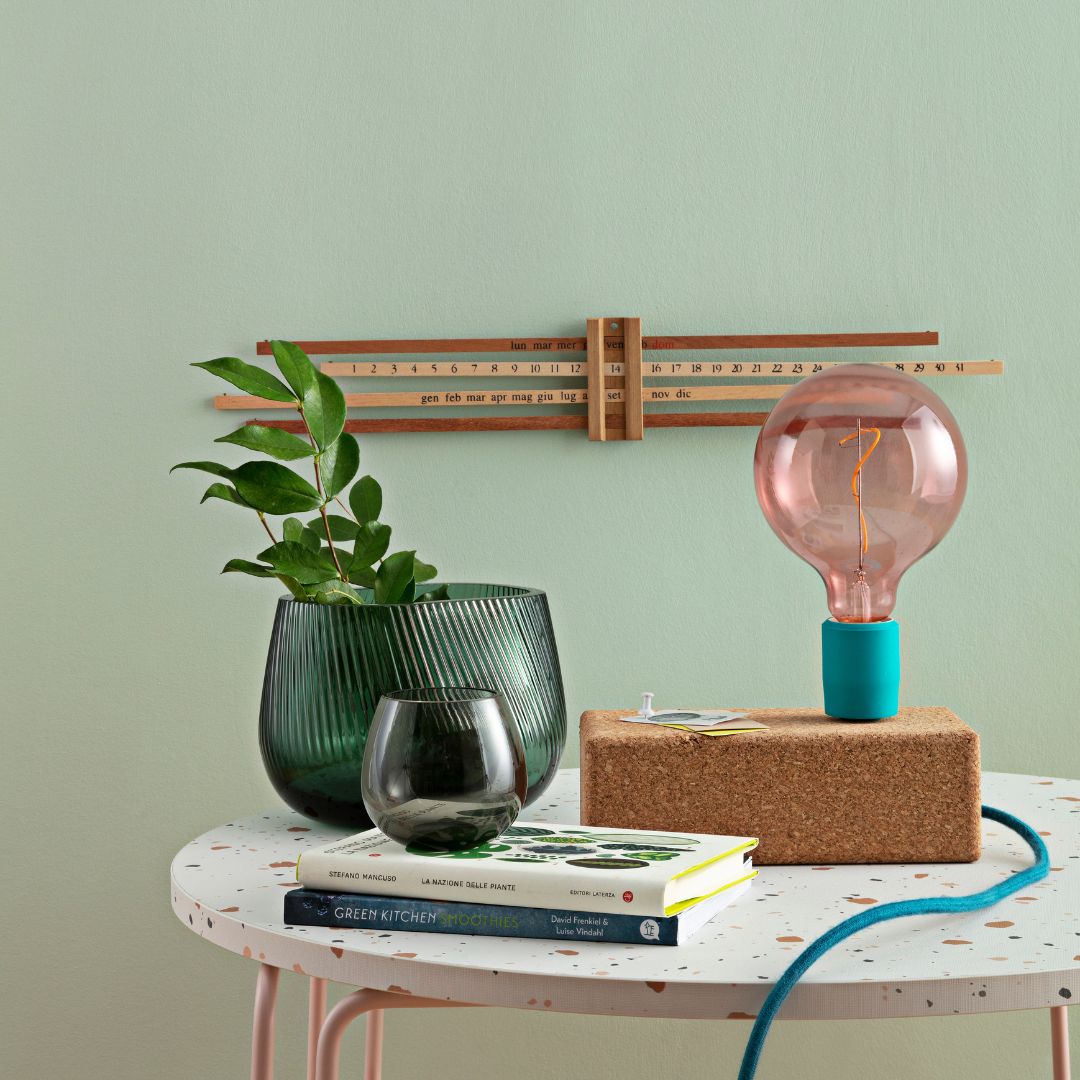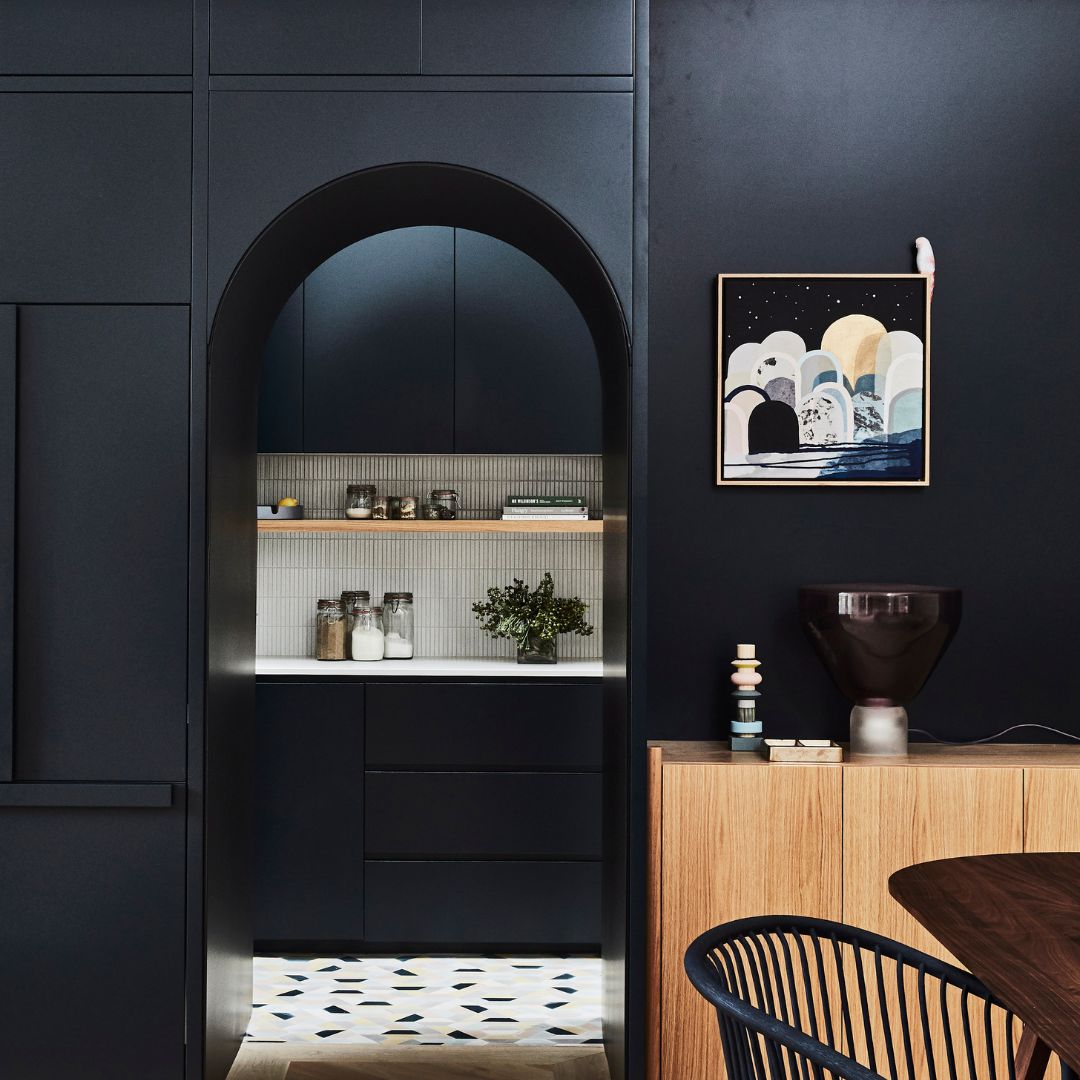Whether it's a new build or a renovation, painting is often the final step in the project. It's also the most visible part of a room.
Painting a room like the bathroom is important because it's a room we don't necessarily think about. A wet room like the kitchen, the bathroom has many specific features: higher humidity, temperature variations that can be significant, condensation, and supports that can also differ and be subject to water splashes (waterproof placo for walls, wall tiles, etc.).
This is why painting or repainting a bathroom can lead to a legitimate question: how to paint a bathroom?
Before discussing colors and decor , discover our advice for preparing your bathroom before painting it in the best possible conditions.
Which paint should you choose for your bathroom?
We have published a complete guide on this subject : the choice of paint for the bathroom is indeed essential for the final result of your work.
First of all, it is important to consider the surface ; the type of paint will not be the same if you plan to repaint a wall, a ceiling or your tiles.
Acrylic paint is often used in bathrooms. Perfectly suited to bathroom conditions, it is a type of paint that can be used in damp rooms and is moisture-resistant.
However, it's important to consider the composition of acrylic paint, which is often synthetic and therefore not natural. Eco-friendly paints today are capable of matching traditional paint in every way in terms of durability and hold, so why deprive yourself of them?
Algo paints are, for example, perfectly suited for use in a bathroom on wall surfaces, and potentially on tiles if a specific primer is applied beforehand and it is not located near a water point.
Be careful with the finish
Paint is a semi-finished product, for which several finishes are possible. These finishes offer characteristics that may differ depending on the room and the intended uses.
For a bathroom, the usual practice is to use a satin finish for the entire room, whether on the wall or the tiles.
In fact, satin will be more resistant and this will allow you to wash your bathroom with complete peace of mind and thus cope with various water splashes and the hazards of daily use of your bathroom.
Conventionally recommended for ceilings, the matte finish is not recommended for ceilings in rooms such as kitchens or bathrooms. In fact, for the reasons explained above, we recommend using satin even on your bathroom ceiling.
Surface preparation
Whatever the room in the house, it is essential to properly prepare the surfaces and your bathroom is no exception to the rule.
Whatever the surface (whether on placo, waterproof placo or simply on tiles), make sure to degrease, clean and remove any potential mold from your bathroom, all with a microfiber cloth and a solution of warm, slightly soapy water.
The bathroom is a particularly humid room, it is necessary to ensure before application that it is as free from humidity as possible so that the paint can dry in good conditions.
Indeed, the high presence of humidity in a room can slow down the drying process of the paint, with the potential appearance of blisters or cracks.
If your wall needs sanding, then don't hesitate to do that too! This will ensure the best possible result.
Before using your brushes and rollers, make sure that the treated surface is completely dry and that all furniture and shower elements are protected from possible paint drips and splashes.
Our practical guide to painting your bathroom
You can now start applying your undercoat with a spray gun or roller.
Note that it is possible to use smooth masking to delineate the surfaces to be painted and that angles and complex surfaces can be done with a brush for greater ease.
Some paint brands recommend diluting the paint slightly with water for better results and better application. This is the case with Algo paints, where a dilution of up to 5% is recommended for roller application and a dilution of up to 10% for spraying with a gun.
It is necessary to wait for the drying time recommended by the paint manufacturer before applying the finishing paint. As mentioned in the previous section, we recommend applying a satin paint in two thin layers.
The application must be done evenly, crossing the strokes to limit the roller marks when drying. When part of the delimited surface is painted, do not hesitate to go over your roller again without reloading it in order to evenly distribute the excess paint over the surface.








